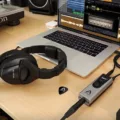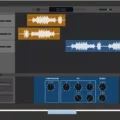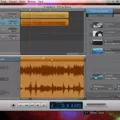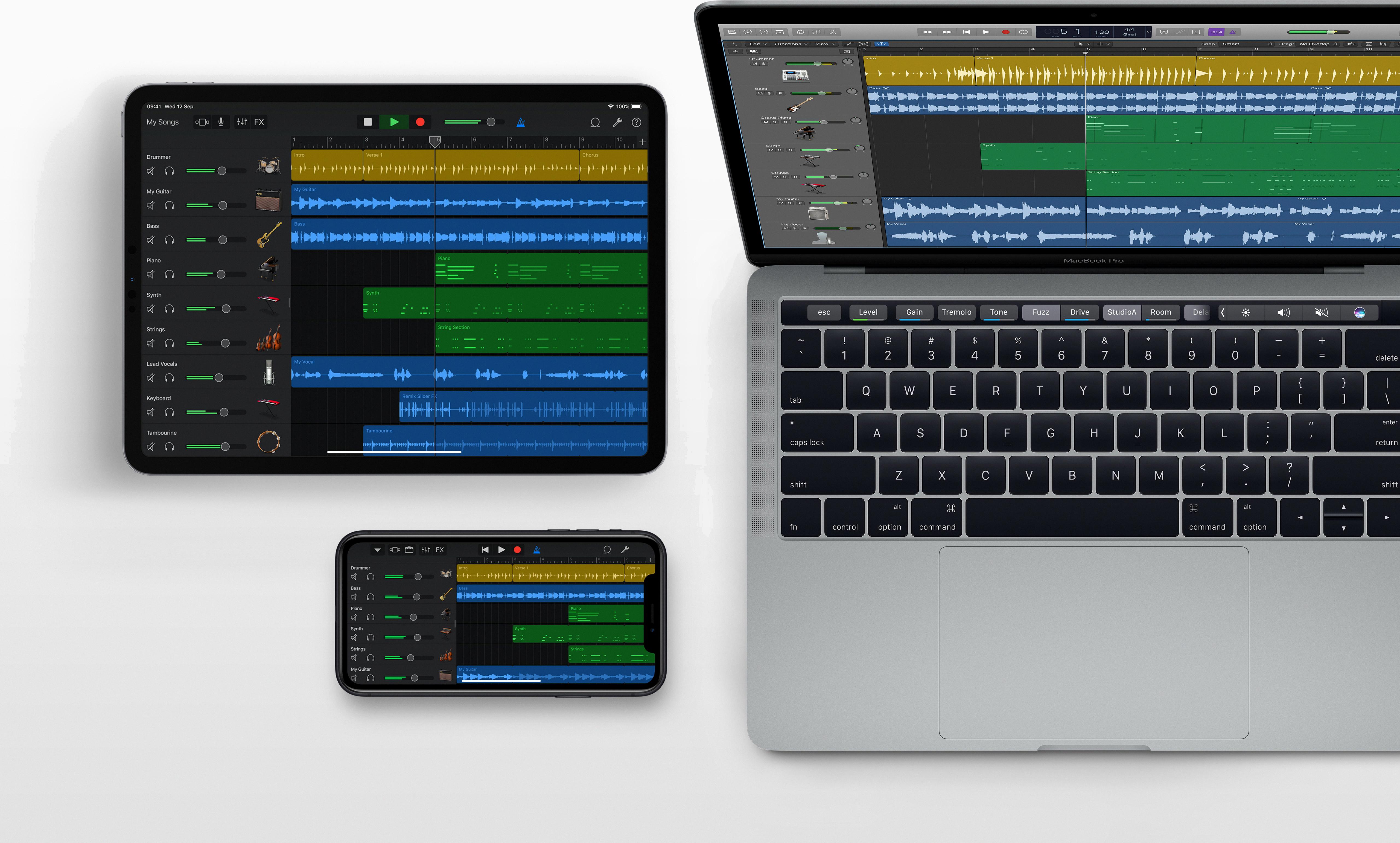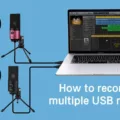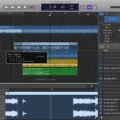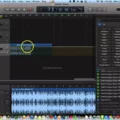Are you an aspiring composer looking for an easy way to create beautiful string sounds? Look no further than GarageBand! With its Strings feature, you can bring your music to life with a rich and full-bodied sound.
GarageBand’s Strings feature gives you access to a range of instruments, from the Cello and Viola to the Bass and Violin. You can even choose between one or multiple strings to create more complex harmonies. Furthermore, you can play notes, chords, and rhythm patterns either legato, bowed, or pizzicato.
But that’s not all! With GarageBand’s Musical Typing feature, you can play software instruments using your computer keyboard. This allows users of all skill levels to quickly and easily produce realistic-sounding string tracks in their compositions.
For those on the go, GarageBand also has a Strings feature available on iOS devices. With it, you can play faithful recreations of the Cello, Viola, Bass, and Violin right on your device with intuitive touch controls.
No matter what device or platform you use, GarageBand makes creating great-sounding string tracks fast and easy. So why wait? Get started today and see what amazing string sounds you can make with GarageBand!
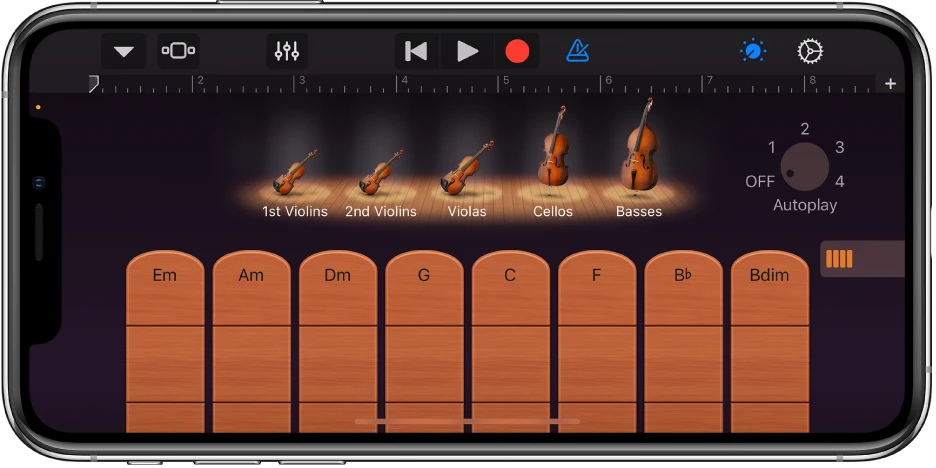
Does GarageBand Include String Instruments?
Yes, GarageBand does have strings. You can access a range of string sounds from the software, including acoustic and electric guitar, bass, banjo, mandolin, and violin. You can play individual notes or chords, as well as rhythm patterns. You can also choose to play with a legato, bowed, or pizzicato sound.
Playing Strings on GarageBand Mac
To play strings on GarageBand Mac, open the program and select the Strings section in the virtual instrument browser. Select one of the string instruments available in the browser, such as Violin, Cello, or Harp. You can then use your computer keyboard to play the instrument. To do this, choose Window > Show-Musical Typing (or press Command-K) and select the software instrument track you want to play. You can then use your computer keyboard to play notes by pressing different keys. Alternatively, you can also play by using a MIDI controller or other compatible MIDI device.
Does GarageBand Include Violin?
Yes, there is a Violin included in GarageBand for iOS. It is one of the four Strings instruments that are part of the Touch Instruments section. You can use intuitive touch gestures to play the Violin, and it provides a faithful recreation of the classic instrument. The other three Strings instruments available in GarageBand include Cello, Viola, and Bass.
Does GarageBand Play a Role in the Creative Process of Famous Artists?
Yes, many famous artists have used GarageBand to create popular music. Many of the biggest names in the music industry, including Rihanna, Usher, Grimes, Steve Lacy, Juliana Barwick, George Pringle, and Justice have all used the software to make their own music. GarageBand is a powerful and intuitive piece of software that can be used to produce high-quality recordings with relatively little effort. It is no wonder that it has become a popular choice for many top-tier musicians who are looking to quickly and easily create their own original material.
Adding Guitar Plug-ins to GarageBand
Yes, you can add guitar plug-ins to GarageBand! To do this, first open GarageBand and select your desired project. Then, select the “Track” menu option in the top left corner of the window. Select the type of track you want to add (in this case “Guitar”), and then click on “Create”. This will create a guitar track in your project. Now, select “Audio FX” from the Track menu and choose from a wide range of available plug-ins. Choose which ones you want to use for your project and click “OK” when finished. The plug-ins will be added to your project and ready for use!
Smart Strings in GarageBand for Mac
Smart Strings in GarageBand for Mac is a virtual instrument featuring realistic sounds of four instruments: violin, viola, cello, and bass. It allows users to play chords with ease by simply tapping the chord strip on the screen. Smart String comes with a set of professionally-recorded chords that can be used as a starting point to create music. It also has an advanced pitch-correction algorithm that adjusts notes for perfect intonation and accuracy. Additionally, Smart Strings has parameters like attack, release, dynamics, and vibrato which can be adjusted to create unique effects. With Smart Strings, users can create realistic string sections with just a few taps on the screen!
Adding Plug-ins to GarageBand Mac
Yes, you can add plug-ins to GarageBand Mac. Audio Units plug-ins are software modules that allow you to expand the range of sounds and effects available in GarageBand. Audio Units plug-ins can be installed on your computer or purchased from third-party vendors, as well as found for free on the Internet. Once installed, Audio Units plug-ins will appear in the Effects Browser in GarageBand and can be used to enhance your projects.
Adding Additional Instruments to GarageBand
Adding more instruments to GarageBand is a fairly straightforward process. First, open the Software Instruments tab at the right-hand side of the GarageBand window. Next, click on the ‘Edit’ tab and scroll down to the ‘Sound Generator’ heading. From here, you can select a piano option and then navigate to the Audio Unit Modules section where you will find a wide range of instrument options. Once you have selected your desired instrument, click ‘OK’ to save your changes and start playing!
Conclusion
In conclusion, GarageBand’s Strings instrument is a powerful and versatile tool for creating beautiful string music. With its expressive playing features, realistic sound samples, and intuitive touch controls, the Strings instrument allows you to create rich and varied sounds with ease. Whether you are a professional or novice musician, the Strings instrument in GarageBand provides an enjoyable and effective way to make music.






